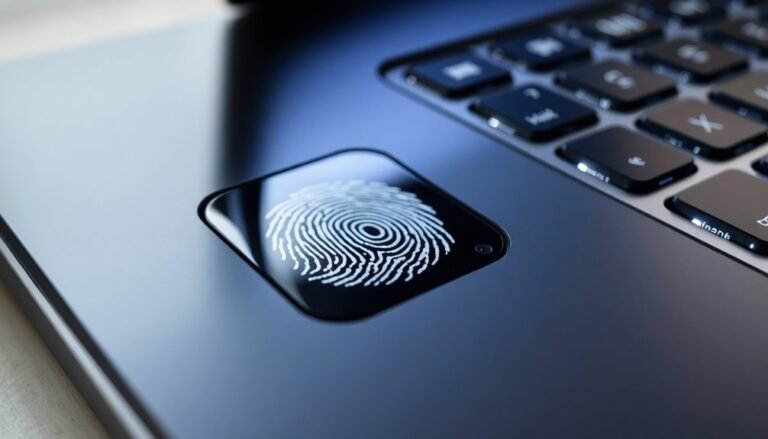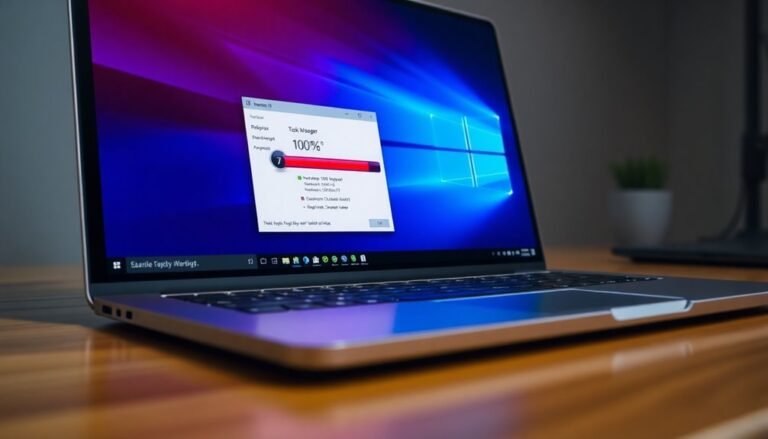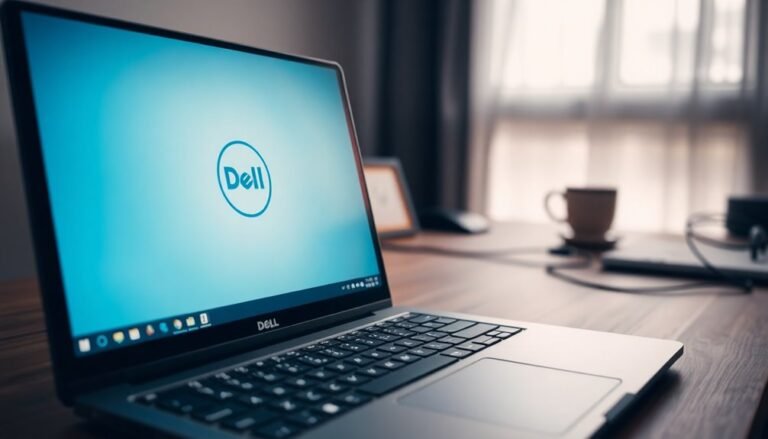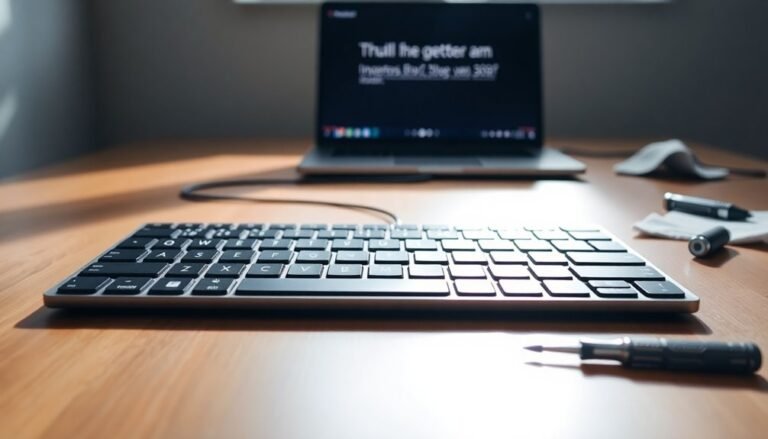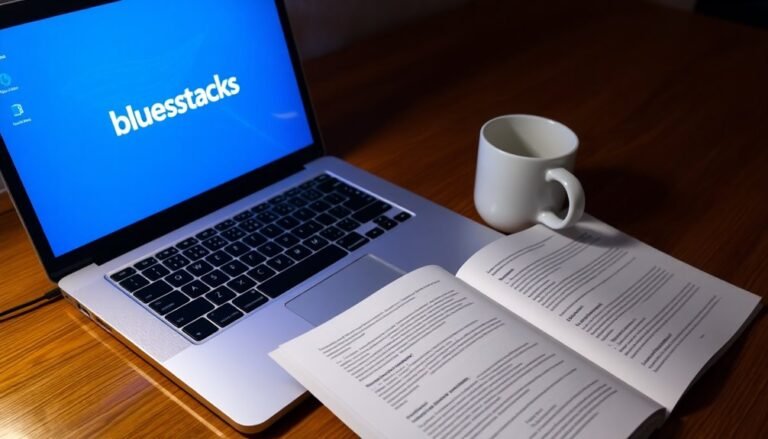Mouse Keeps Freezing Windows 10: Fix Mouse Cursor Freezing Issues
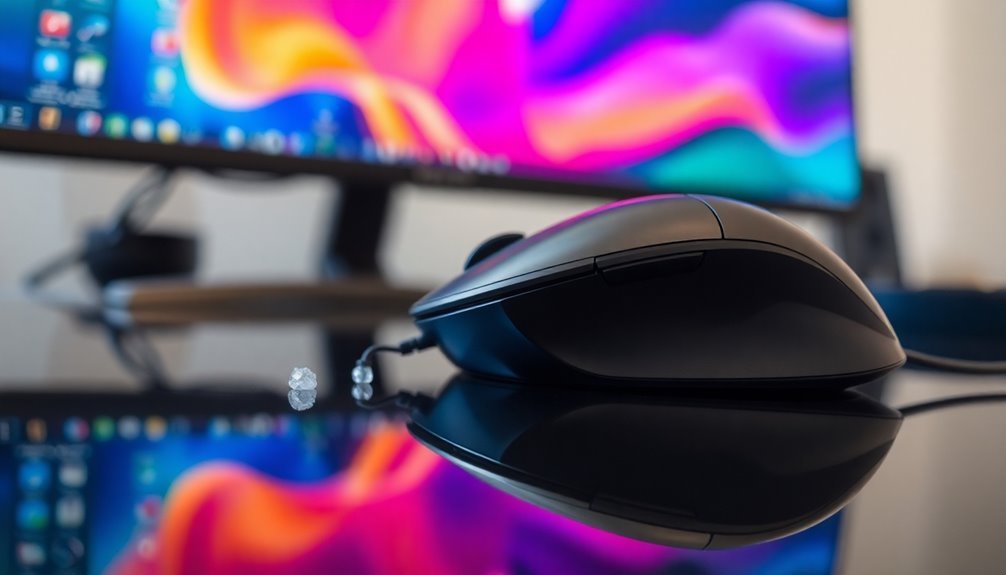
If your mouse keeps freezing in Windows 10, it might be due to outdated drivers, malware, or USB port issues. Start by checking your mouse connection and testing different USB ports.
Make sure your drivers are up to date and run a virus scan. It’s also a good idea to clean your mouse and the surface it operates on.
Additionally, consider adjusting power management settings to keep your device active. There’s more you can do to resolve these issues, so let’s explore additional solutions.
Common Causes of Mouse Cursor Freezing
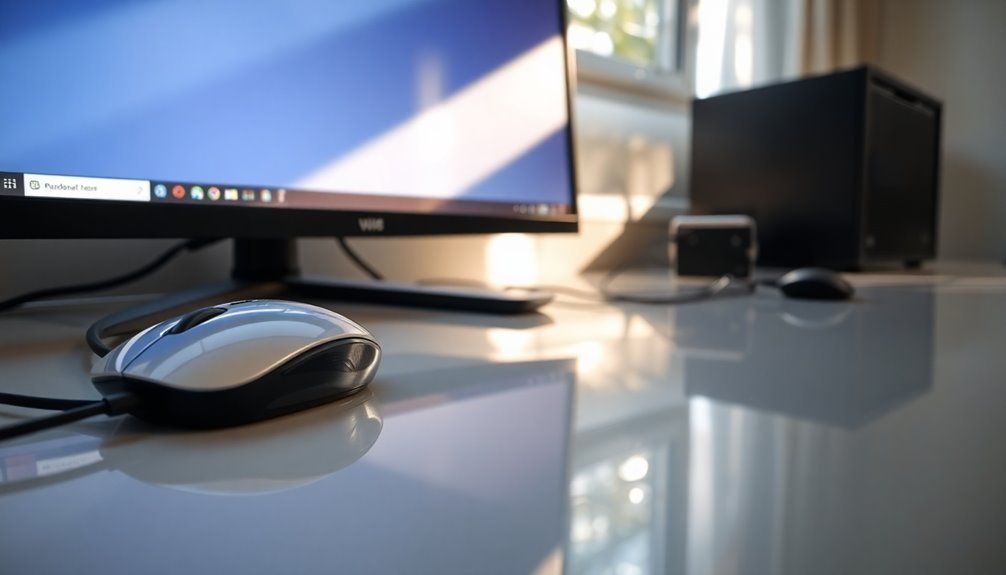
If your mouse cursor is freezing, several common issues may be causing this frustrating problem.
One of the primary culprits is malware infections, which can disrupt mouse functionality. To combat this, it’s crucial to run regular virus scans using tools like Windows Defender or other reputable antivirus software to identify and remove any threats.
Another significant factor is outdated or corrupted mouse drivers. If your drivers are no longer compatible with the latest Windows updates, they can cause performance instability. To resolve this, ensure that your mouse drivers are updated regularly.
Additionally, USB port issues and power management settings can contribute to mouse cursor freezes. For instance, power-saving features may temporarily disable mouse devices, while faulty USB ports or cables can interrupt communication between your mouse and computer.
Environmental factors also play a role; a dirty mouse surface or interference from other electronic devices can lead to cursor problems.
Lastly, misconfigured system settings—like Enhanced Pointer Precision—can worsen responsiveness issues, making your mouse less effective.
Understanding these common causes is essential for diagnosing and fixing mouse cursor freezing effectively, ensuring a smoother and more reliable computing experience.
Basic Troubleshooting Steps
Essential Troubleshooting Steps for Fixing Mouse Cursor Freezing Issues
If you’re experiencing mouse cursor freezing, you can often resolve the problem quickly with these basic troubleshooting steps.
First, connect your mouse to different USB ports to eliminate the possibility of a faulty connection. Examine the mouse cable for any signs of damage or fraying; replace it if needed.
For wireless mice, ensure the batteries are fresh or recharge the device to confirm it’s adequately powered. To reduce wireless interference, try moving closer to the receiver or removing nearby gadgets operating on similar frequencies. Remember that Bluetooth interference can also affect wireless mouse functionality.
It’s also crucial to clean the mouse sensor and the surface it operates on to ensure proper tracking.
Next, navigate to your USB power management settings in Device Manager. Uncheck the option that allows the computer to turn off USB devices to save power.
After making these adjustments, restart your computer for the changes to take effect. Finally, perform a comprehensive malware scan and utilize the Windows Troubleshooter tool to identify and resolve any potential conflicts with your mouse or other connected devices.
Software Settings Adjustments
How to Fix Mouse Cursor Freezing Issues: A Step-by-Step Guide
Are you experiencing mouse cursor freezing problems? Adjusting specific software settings can significantly enhance your mouse performance and eliminate these frustrating issues. Here’s how to tackle the problem effectively.
1. Update Mouse Drivers:
Firstly, ensure that your mouse drivers are up to date. To do this, head to Device Manager by right-clicking the Start button. From there, select “Device Manager” and locate “Mice and other pointing devices.”
Right-click your mouse driver and choose “Update Driver.” If the issues began after recent updates, you may opt to roll back your mouse driver by accessing the driver properties.
2. Adjust Mouse Pointer Settings:
Next, refine your mouse pointer settings for better functionality. Navigate to the Mouse settings and disable options such as “Enhance pointer precision” and “Pointer trails.”
Additionally, adjust the pointer speed to improve your mouse responsiveness.
3. Disable Conflicting Software:
It’s crucial to turn off any third-party software that may conflict with your mouse, including overlays and recording applications.
You might also want to temporarily disable your antivirus or firewall to see if they’re contributing to the freezing issue.
4. Check Touchpad Settings on Laptops:
For laptop users, it’s essential to manage your touchpad settings. Make sure that the touchpad doesn’t interfere with your external mouse, as this can lead to erratic cursor behavior.
5. Perform System Scans:
Lastly, running a System File Check (SFC) and Deployment Imaging Service and Management Tool (DISM) scan can help repair any corrupted system files that may be affecting mouse performance.
By following these steps, you can improve your mouse functionality and eliminate cursor freezing issues, ensuring a smoother digital experience.
For more tech tips and troubleshooting advice, check back frequently!
Advanced System Fixes
If you’re experiencing mouse cursor issues, adjusting software settings may help, but some problems demand more advanced solutions.
Begin by disabling potentially conflicting Windows services, such as Windows Ink Workspace and Tablet PC Input Service, to improve cursor responsiveness. Additionally, review your mouse settings and disable enhancements like pointer precision or trails that might contribute to lag or freezing.
Next, ensure your device drivers are up to date. Uninstall your current mouse drivers and reinstall the latest versions directly through Device Manager. If the issues began after a recent update, it may be beneficial to roll back to a stable driver version.
Also, consider adjusting your power management settings: disable power-saving features for USB devices and select the High Performance power plan to ensure optimal performance.
To maintain system integrity, run a system file check using the command “sfc /scannow” and perform a Check Disk scan to resolve any existing issues.
If you’re comfortable doing so, you can also modify registry settings to enhance mouse responsiveness further. Always remember to back up your registry before making any changes to prevent unexpected problems.
Hardware and Peripheral Focused Fixes
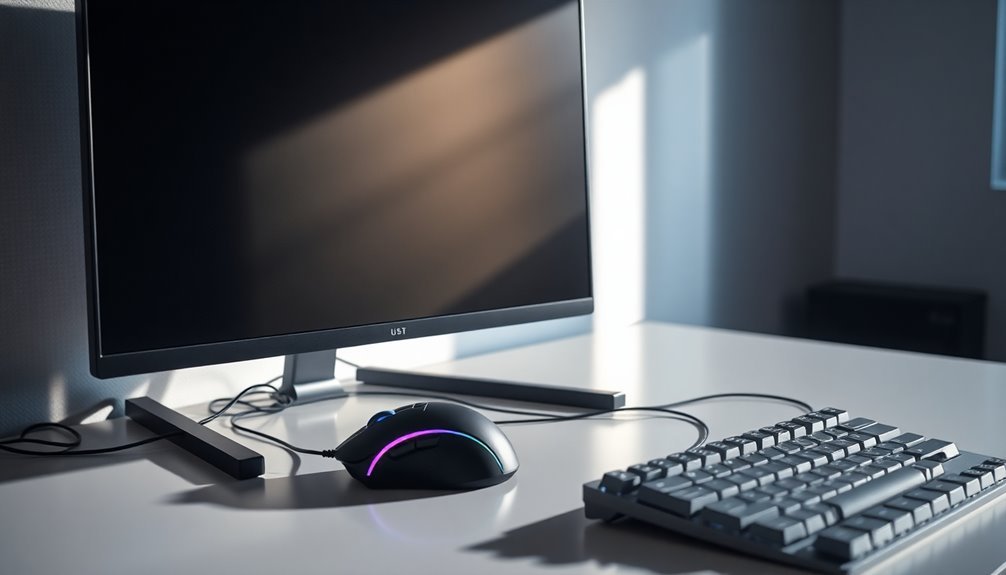
If you’ve already explored software solutions without success, consider focusing on hardware and peripherals as your next step. Start by inspecting your mouse cable for any signs of damage or frayed wires, as these can interfere with signal transmission. Ensure that the USB connection is secure and directly plugged into a reliable port.
For users of wireless mice, it’s important to minimize potential interference; stay away from Wi-Fi routers and microwaves, and ensure that the receiver remains close to the mouse for optimal performance. Additionally, replacing old batteries can significantly improve functionality, and avoiding the use of your mouse on reflective surfaces may prevent erratic behavior.
Furthermore, don’t forget to update your mouse drivers and check for any available firmware updates from the manufacturer to enhance compatibility and performance. If you’re still experiencing issues, consider switching to a different USB port or adjusting your power management settings.
These steps can help resolve freezing problems and optimize your overall mouse performance.
Symptoms of Mouse Cursor Freezing
Symptoms of Mouse Cursor Freezing: Understanding the Disruption to Your Workflow
Experiencing mouse cursor freezing can severely disrupt your productivity. This issue can present itself in various ways, including intermittent freezing of the cursor that lasts anywhere from a few seconds to several seconds.
Initially, the cursor may freeze at random intervals, but over time, these episodes can increase in frequency, making it increasingly difficult to work efficiently.
When your mouse cursor freezes, it typically becomes unresponsive to your movements and clicks, leaving you feeling frustrated and stuck. Once the freeze concludes, users often notice the cursor jumping abruptly to a new position, which can also hinder your ability to navigate effectively.
You may also hear a USB disconnect sound during these freezes, indicating a temporary loss of connection with your mouse or touchpad device. This issue can occur regardless of the type of mouse you’re using, whether it’s a wired gaming mouse or a laptop touchpad.
It’s important to note that mouse cursor freezing can still occur even on updated operating systems, and other underlying applications may continue to function normally despite your cursor’s unresponsiveness.
To troubleshoot mouse cursor freezing, consider conducting tests such as unplugging other USB devices to help isolate the cause of the problem.
Preventive Measures for Future Issues
Preventive Measures for Ensuring Smooth Cursor Functionality****
To ensure optimal cursor performance in the long run, it’s vital to implement preventive measures that focus on both the hardware and software components of your system. Here are some effective strategies you can adopt:
- Conduct Regular Maintenance: Regularly clean your mouse and its sensor. Use an appropriate tracking surface to enhance its performance.
- Keep Software Up-to-Date: Frequently update your Windows operating system and mouse drivers via Settings and Device Manager. This helps fix existing bugs and boost overall performance.
- Optimize Mouse Settings: Adjust mouse parameters such as pointer speed under Control Panel settings. Consider disabling features that could hinder the smooth movement of the cursor.
- Implement Strong Security Practices: Run routine malware scans and ensure real-time protection is enabled to detect potential threats that might disrupt your mouse functionality.
Frequently Asked Questions
Can a Faulty Mouse Pad Cause Cursor Freezing?
Yes, a faulty mouse pad can cause cursor freezing. An uneven surface, dirt buildup, or wear can interrupt sensor tracking. Regularly clean or replace your mouse pad for smoother, consistent cursor movement.
How Does Background Software Affect Mouse Performance?
Background software can drain your system’s resources, causing lag or interruptions. When CPU and RAM are heavily taxed, your mouse may freeze or stutter, disrupting your work and testing your patience. Check resource usage to improve performance.
Are There Specific Games That Trigger Mouse Freezing?
Yes, specific games like FPS titles often trigger mouse freezing. Intense gameplay, high refresh rates, and rapid inputs can exacerbate the issue. Testing different settings may help reduce freezing during your gaming sessions.
Will a Different Operating System Fix Mouse Freezing?
Switching to a different operating system might fix mouse freezing issues, especially if they’re caused by driver conflicts. However, ascertain your hardware’s compatible and be prepared for potential new challenges or limitations with the change.
Is Mouse Freezing Common in Touch-Enabled Devices?
Absolutely, mouse freezing’s common in touch-enabled devices. You might find it particularly frustrating while using touchpads during tasks. Adjusting settings or considering external mice can often help mitigate these annoying interruptions. Stay proactive!
Conclusion
To sum up, confronting cursor chaos can be quick and uncomplicated. By following the fundamental fixes and focusing on your system’s settings, you can banish those bothersome freezing frustrations. Remember, regular routine checks and preventive practices can keep your mouse moving smoothly. Stay savvy and solve those sneaky issues before they spiral into bigger problems. With a little diligence, you’ll enjoy a seamless and satisfactory surfing experience on your Windows 10 device.
